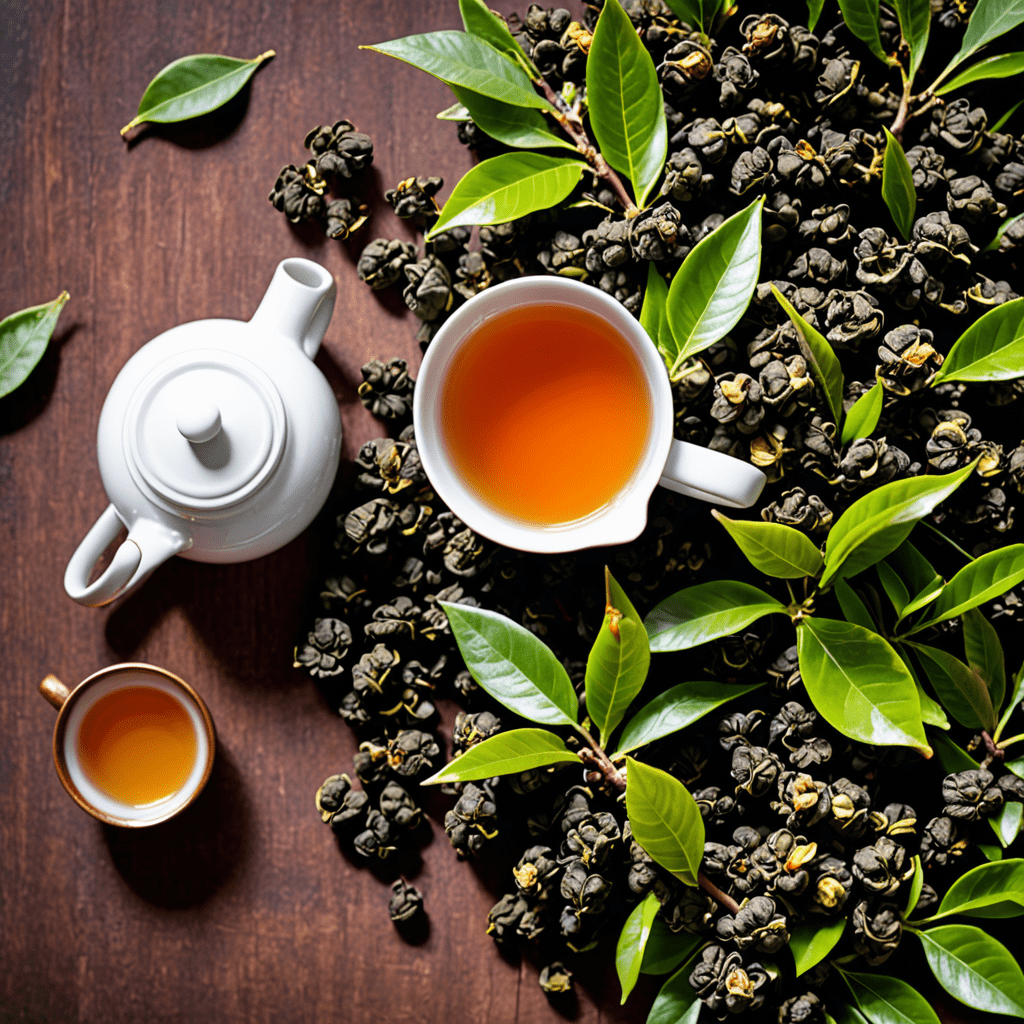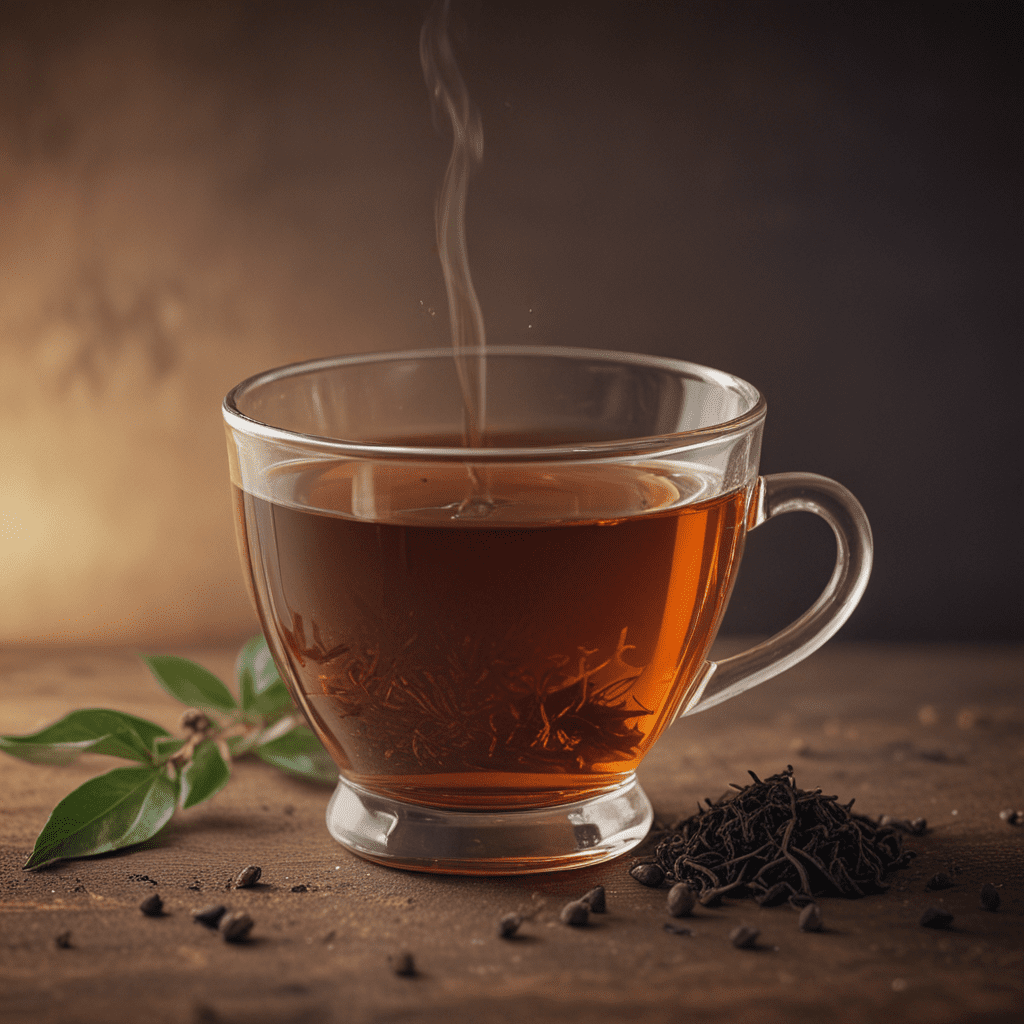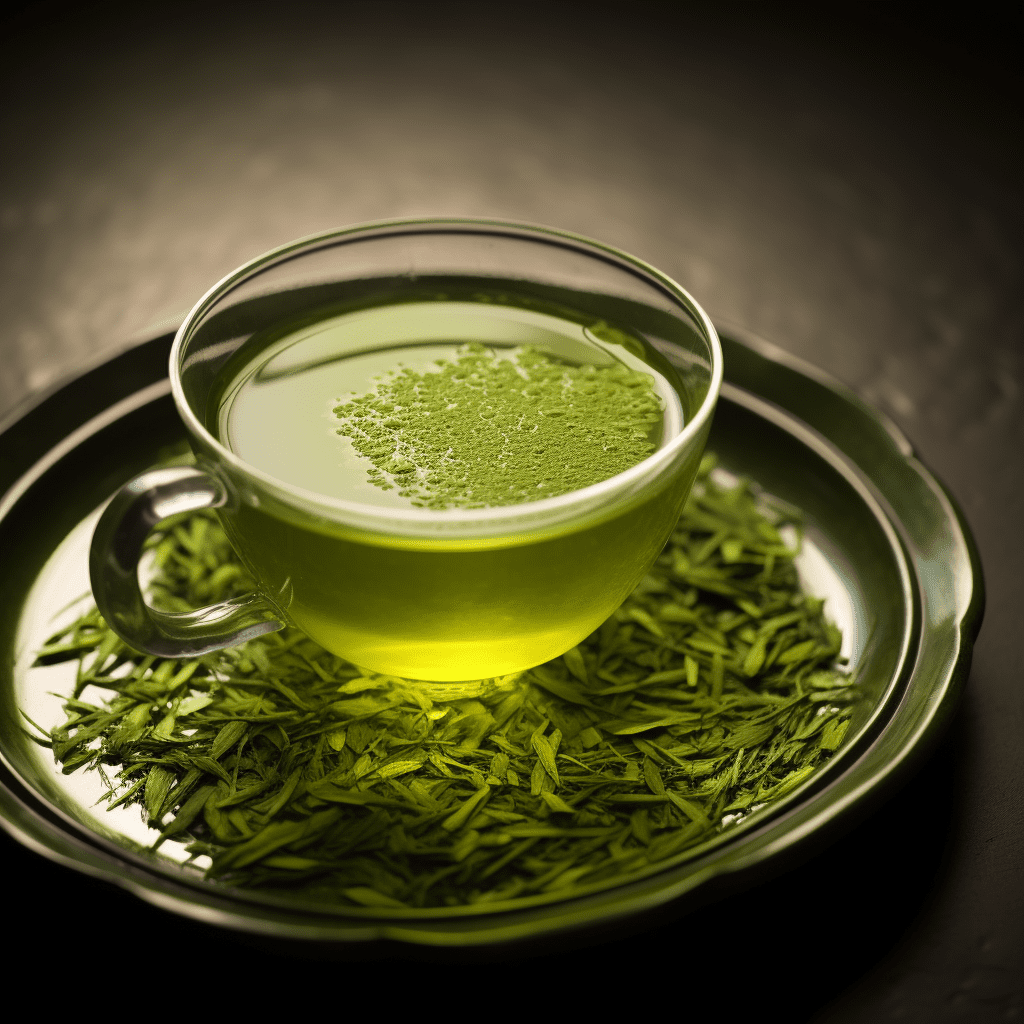
Oolong Tea: From Plantation to Teapot
Oolong tea, with its unique aroma and taste, has captivated tea enthusiasts around the world. Let’s embark on a journey to explore how this exquisite tea goes from the lush plantations to your teapot.
The Origin of Oolong Tea
Oolong tea, originating from China, is a partially oxidized tea with characteristics that lie between green and black teas. Its processing technique requires skill and experience to achieve the perfect balance of flavors.
Cultivation and Harvesting
Tea leaves destined for oolong tea are meticulously cultivated in tea gardens. The timing of harvesting is crucial, as it impacts the final flavor profile of the tea. Typically, the top two to three leaves and a bud are handpicked for quality.
Withering and Oxidation
After harvesting, the leaves undergo withering, where they are spread out to reduce moisture content. This is followed by oxidation, a key step that determines the type of oolong – lighter oxidation for floral notes and higher oxidation for richer flavors.
Rolling and Roasting
The withered leaves are skillfully rolled to release enzymes and initiate oxidation. This process is essential for shaping the final appearance of the tea leaves. Subsequently, the leaves are roasted to halt oxidation and enhance the tea’s aroma.
Packaging and Brewing
Once the tea leaves have been processed and roasted to perfection, they are packaged with care to preserve freshness. To enjoy oolong tea at its best, steep the leaves in hot water for the recommended duration to savor its complex flavors and aroma.
Health Benefits of Oolong Tea
Besides its delightful taste, oolong tea offers various health benefits. It contains antioxidants, aids in weight management, promotes heart health, and may even support healthy skin.
Exploring the World of Oolong
Whether you prefer a light, floral oolong or a bold, roasted variety, exploring the diverse world of oolong teas can be a rewarding experience. Each cup tells a story of tradition, skill, and meticulous craftsmanship.
FAQ About Oolong Tea
What is Oolong Tea?
Oolong tea is a traditional Chinese tea that falls between green and black tea in oxidation levels. It undergoes a unique process that includes withering the leaves under the sun, bruising or rolling, and partial oxidation before firing to halt the oxidation process.
How is Oolong Tea harvested?
Oolong tea is harvested from the Camellia Sinensis plant, where the leaves are carefully hand-picked by skilled tea pluckers. The quality of the tea depends on the timing of the harvest and the skill of those plucking the leaves.
What are the different types of Oolong Tea?
There are various types of Oolong tea, ranging from light and floral to dark and roasted, with different oxidation levels creating a spectrum of flavors and aromas. Some famous types include Tie Guan Yin, Da Hong Pao, and Oriental Beauty.
How is Oolong Tea brewed?
To brew Oolong tea, you can use either hot water or gongfu style, depending on the type of leaves and your preference. Generally, Oolong teas are brewed at temperatures around 190-200°F for 2-3 minutes, but it’s best to follow specific brewing instructions for each type of Oolong tea.

